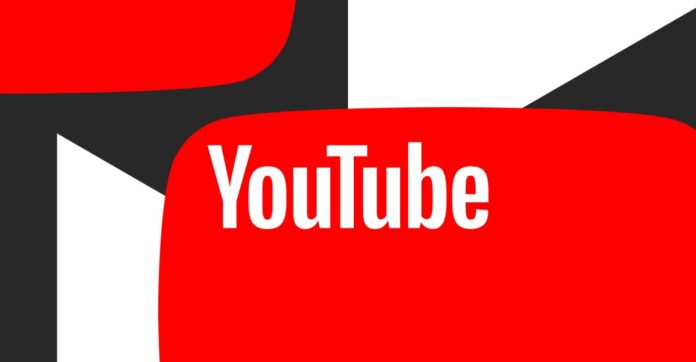Introduction to the NO FAKES Act
Senators Chris Coons (D-DE) and Marsha Blackburn (R-TN) have reintroduced the Nurture Originals, Foster Art, and Keep Entertainment Safe, or NO FAKES, Act. This bill aims to standardize rules around using AI copies of a person’s faces, names, and voices. The act has gained support from major web platforms, including YouTube, and various organizations such as SAG-AFTRA and the Recording Industry Association.
What the Bill Entails
The NO FAKES Act focuses on balancing protection with innovation by giving individuals the power to notify platforms of AI-generated likenesses they believe should be removed. The 2024 version of the bill states that online services cannot be held liable for storing a third-party-provided “unauthorized digital replica” if it removes the material in response to claims of unauthorized use and notifies the uploader that it has been removed. An exception is made if the service is “primarily designed” or marketed for its ability to produce deepfakes.
Addressing Free Speech Concerns
During a press conference, Senator Coons mentioned that the updated version of the bill addresses free speech concerns and caps for liability. This move aims to alleviate worries about the potential impact on freedom of expression while still protecting individuals from unauthorized use of their likenesses.
Support from YouTube and Other Legislation
YouTube has expressed support not only for the NO FAKES Act but also for the Take It Down Act. The Take It Down Act would make it a crime to publish non-consensual intimate images, including AI-generated deepfakes, and would require social media sites to have processes in place to quickly remove these images when reported. Despite opposition from civil liberties groups, the Take It Down Act has been passed by the Senate and advanced out of a House committee.
Technology to Manage Likeness
YouTube is expanding a pilot program for “likeness management technology” that it debuted last year in partnership with CAA. This program allows celebrities and creators to detect AI copies of themselves and submit requests to have the content removed. Participants in the pilot include popular creators such as MrBeast, Mark Rober, and Marques Brownlee.
Conclusion
The reintroduction of the NO FAKES Act, with its updated provisions and support from major platforms like YouTube, marks a significant step towards regulating the use of AI-generated content. While the act aims to protect individuals from unauthorized use of their likenesses, it also seeks to balance this protection with the need for innovation and freedom of expression. As technology continues to evolve, legislation like the NO FAKES Act will play a crucial role in shaping the digital landscape and ensuring that it remains a safe and respectful space for all users.

